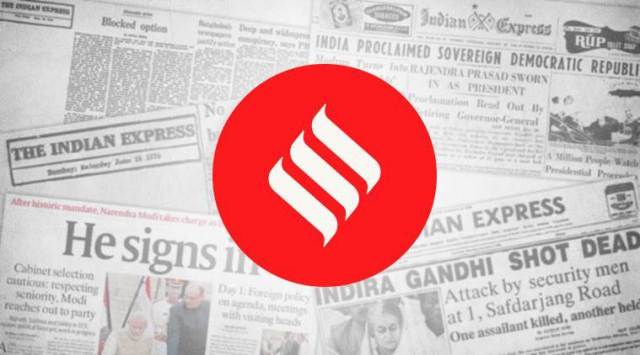
Champagne is from Champagne, butter chicken is from Delhi and the rosogolla, a dessert both subtle and sublime is Bengali. But the certainty of old was questioned, and a cultural war drum sounded, when in 2014 Odisha claimed that it was the true progenitor of the sweet, soft balls of chenna and sugar. In 2017, it appeared as though West Bengal had put the matter to rest when the IPR cell in the Department of Industrial Policy and Promotion granted a geographical indication (GI) status to “Banglar Rosogolla”. In 2019, that’s changed. “Odisha Rasagola” now has a GI tag too, and the battle is back to square one.
Historical accident, as much as precedent, is responsible for the Bengali claim over rosogolla. As the launching point of the British Empire as well as the capital of the Raj for long, Bengal has laid claim to many a cultural artifact, and the Calcutta elite has often been accused of snobbery, of not taking seriously the diverse depths of other groups in what was once the Bengal Presidency. The current battle over the rosogolla is just another front in the culture wars in east India. The shadow of Bengali dominance is receding and non-Bengali cultures are trying to assert their contribution — to language, literature, history and food. But in the larger scheme of things, what’s in a GI tag? Would a rosogolla not taste just as sweet, wherever it came from.